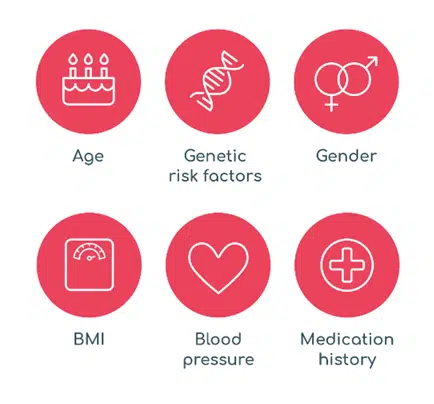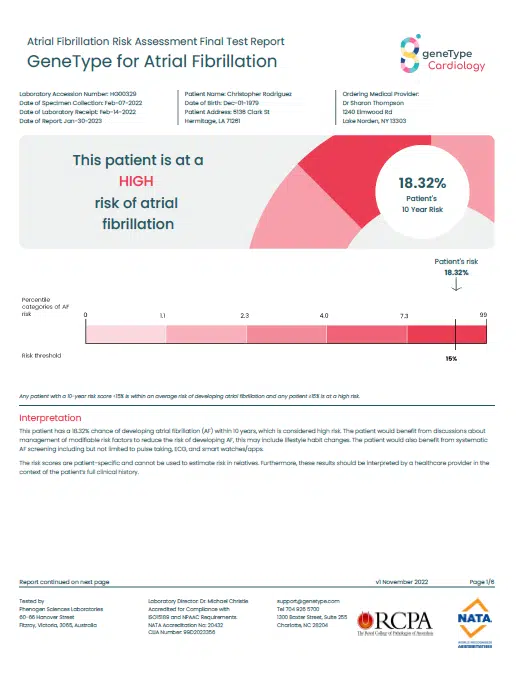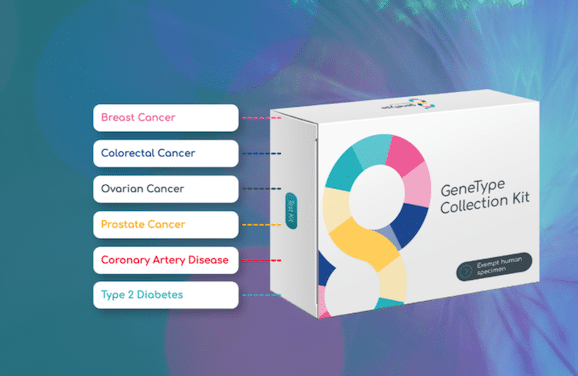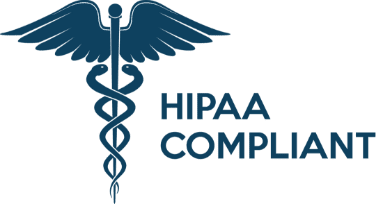There are many strategies to proactively manage your patient’s risk of developing coronary artery disease. For example, treatment for hypertension and elevated cholesterol.³
However, sometimes, the recommended action is not so clear.
When a patient presents with an unclear scenario, such as a healthy, active average-weight, middle-aged adult with mildly elevated blood pressure but no family history or hypertension, traditional risk models would suggest that they are not necessarily a candidate for medical intervention.
With geneType, you can incorporate an additional risk factor that looks at underlying common genetic markers associated with coronary artery disease. This risk factor may reveal a patient’s hidden baseline risk.













